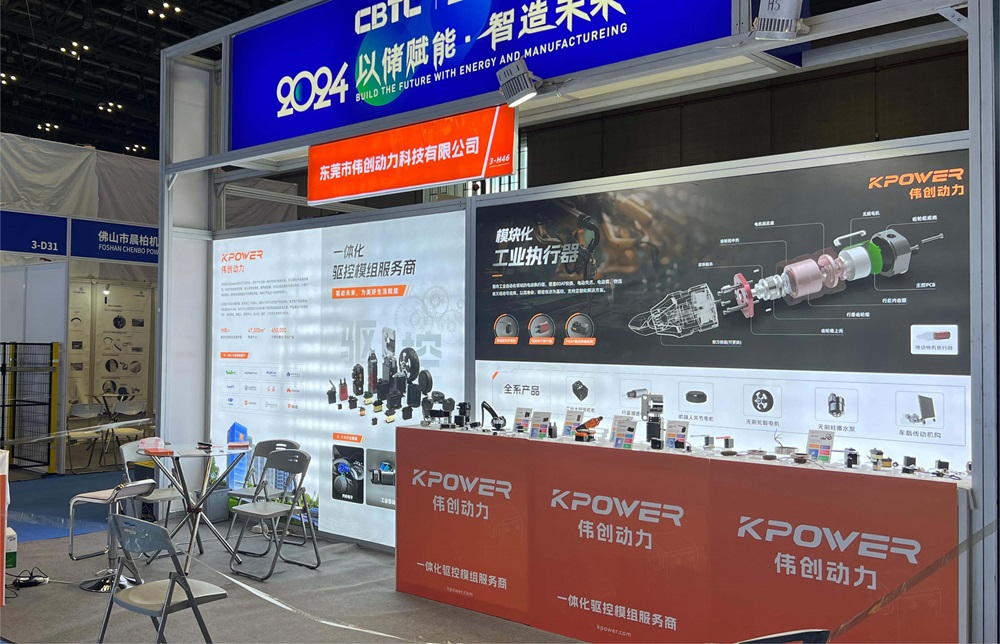Sure thing! Let me craft a lively, engaging, and organic blog post that captures the spirit you're after.

Ever found yourself staring at a small motor and wondering, “Can this really power my project?” Enter the high torque servo motor compatible with Arduino—small in size, big in might. It sounds like hype, but it’s actually a game-changer when you want precision movement combined with serious strength.
Picture this: you’re building a robotic arm. Perhaps for a school project or a DIY home automation setup. You want it to move smoothly, accurately, and with enough force to lift a few tiny weights. That's where a high torque servo motor steps into the scene. It’s like giving your robot muscles—powerful, reliable, and ready to work.
So, what makes this servo motor stand out? First, there’s the torque. Many common servos are good for hobbies—think small drones or basic RC cars. But with high torque units, you can handle heavier loads without hesitation. The motor’s gear system plays a significant role here, translating that raw power into stable, controlled movements.
And here’s a question: how does it really work with Arduino? Well, the setup is surprisingly straightforward. Connect the servo to your Arduino pins, load some simple code, and you’re off. The real magic happens in the control! Unlike standard servos that might twitch or skip at heavier loads, high torque models stay calm and consistent. Whether you’re rotating a robotic gripper or adjusting a camera mount, the response is quick and steady.
Let's talk about reliability. A good high torque servo is built to last, even under continual stress. Many models boast durability features—metal gears instead of plastic, ball bearings for smooth rotation, and thermal protection to prevent overheating during extended use. You won’t have to worry about burnout after a few cycles; it’s designed to keep going.
Now, here's a little insider tip: if you're planning to use it for precise positioning—say, for a camera gimbal or a telescope mount—look for digital servos. They offer faster response times and more accurate control, making your project more professional-grade at home.
You might be wondering, "Will this work with other controllers?" Absolutely, but Arduino keeps it simple. And because these motors are pretty standard, you can swap them in and out as needed, making your project adaptable. Plus, integration tools and tutorials are widely available—no need to be a tech wizard.
The bottom line? Whether it’s robotics, automation projects, or customized gadgets, a high torque servo motor adds serious punch without complicating things. It could be the key to overcoming those stubborn resistance points in your designs.
Think about your next project—does it call for strength, precision, or a combination of both? Once you’ve experienced the control and power packed into a compact servo that mesh seamlessly with Arduino, you'll wonder how you ever managed without it.
There you go! An informal, yet insightful look into the world of high torque servo motors that’s designed to catch interest and provide real info.
Established in 2005, Kpower has been dedicated to a professional compact motion unit manufacturer, headquartered in Dongguan, Guangdong Province, China.




































